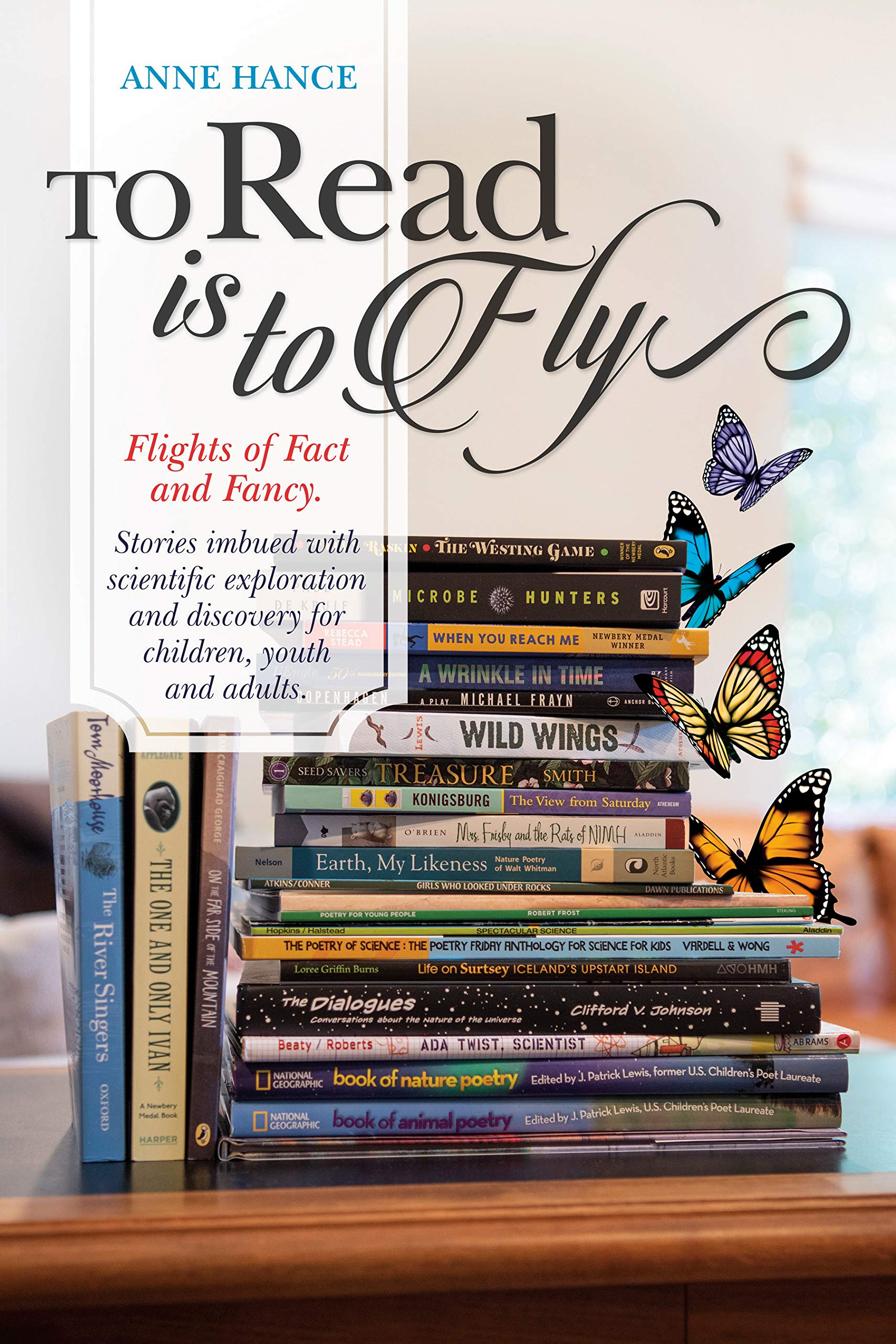Inspiring Young Readers
 posted on 01 Jan 2020
posted on 01 Jan 2020
To Read Is To Fly by Anne Hance
For any teacher or parent there are likely to be occasions when you will spend time with a child who is primed, ready and willing to read but doesn’t know where to start or what they might enjoy. It’s at moments like this they turn to an adult for guidance and if you're that adult it’s not a time to admit you’re stumped or to have no idea what’s likely to be good, bad or just mediocre. I discovered reading comparatively late – I was well into my teens before I got the book reading bug – but when I did, I was completely at sea about what to read. Oddly enough, given that I hated sport and PE, I turned for advice to the teacher who split his time between teaching English and Games for help. His advice to just read anything that had a Penguin cover wasn’t, in retrospect, the most constructive or formative response I could have been given. With my adult head on I now think that he probably couldn’t have helped me more because he just didn’t know himself.
So a little help in that department is always likely to come in handy and this is exactly where a resource like ‘To Read Is To Fly’ comes into its own.
What the author, Anne Hance has done here is to compile a valuable listing of ‘stories imbued with scientific exploration and discovery’ which might be suitable for ‘children, youth and adults’. What we have here is an annotated bibliography of science and nature-themed stories and novels that is sub-divided by appropriateness to different age groups – early readers to advanced – and also referencing graphic novels, comics, play scripts and poetry. There’s also a cross-referencing for specific issues such as biology, ecology space sciences etc.
Hance prefaces the actual bibliography with short sections about the nature of and joys associated with reading and provides a separate list of books about books (which I personally enjoyed being a bit of a nerd about such things) and a brief (perhaps too brief) explanation of how she selected the books for inclusion. This is followed by age related lists of the books she wants to highlight before what is actually the substance of the book, a series of brief descriptions of each volume with suggested reading ages and where in the curriculum it might have relevance. Teachers, I suspect, will find this ancillary information useful although I personally hate and detest attaching age-appropriateness to any book.
It’s worth pointing out that this is an American publication – Hance was a high school science teacher before becoming co-founder of the Exploit Science Center in California – and so there is something of a bias towards US publications but stories with a UK author and origins are pretty well represented as well. The book is nicely designed for ease of reference and has been zazzed-up with some charming colour illustration by John Davenport.
You will need to order your copy on line from the publisher, 3 Dogs, and wait for it to be shipped from the States.
Terry Potter
January 2020